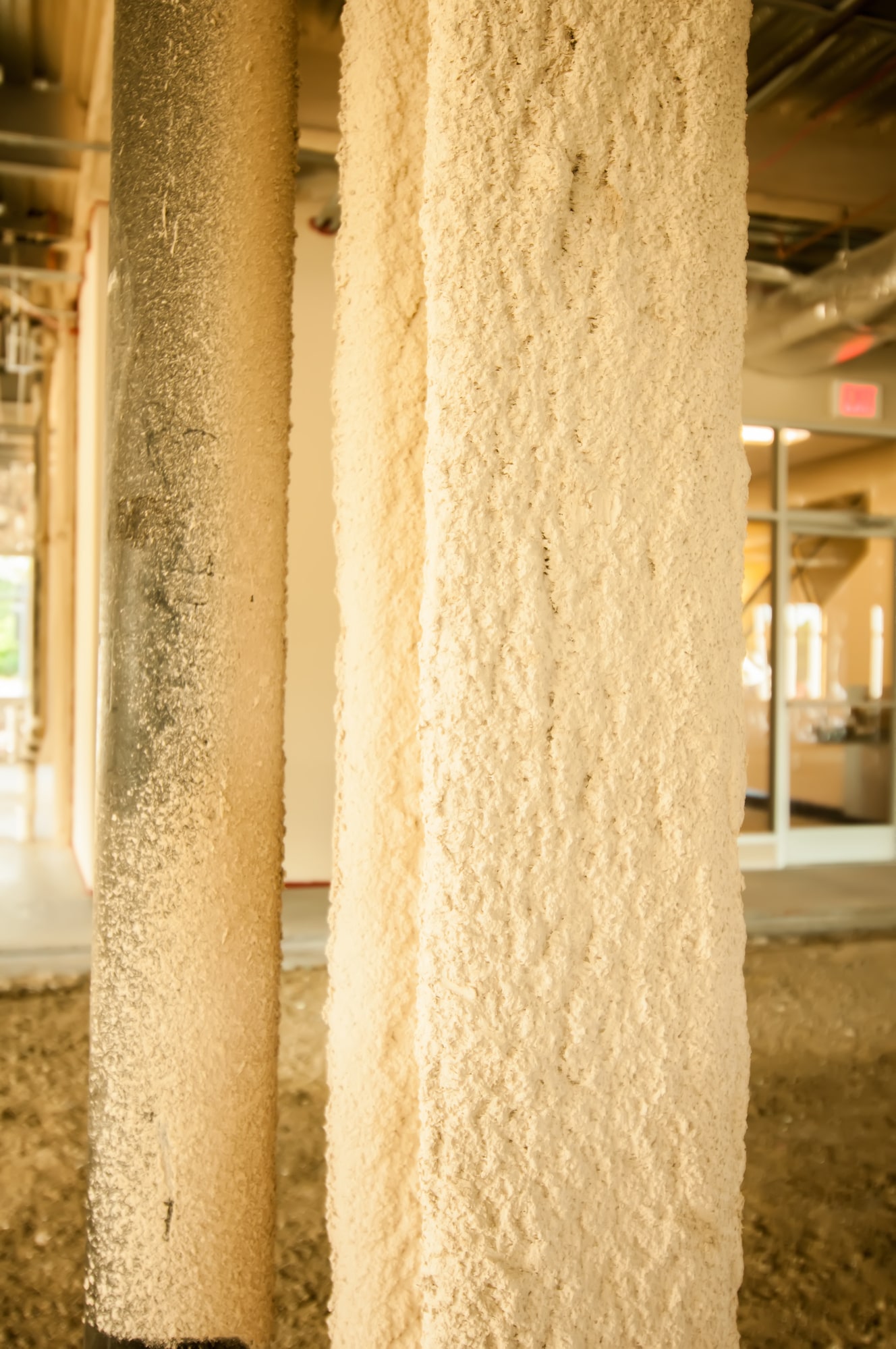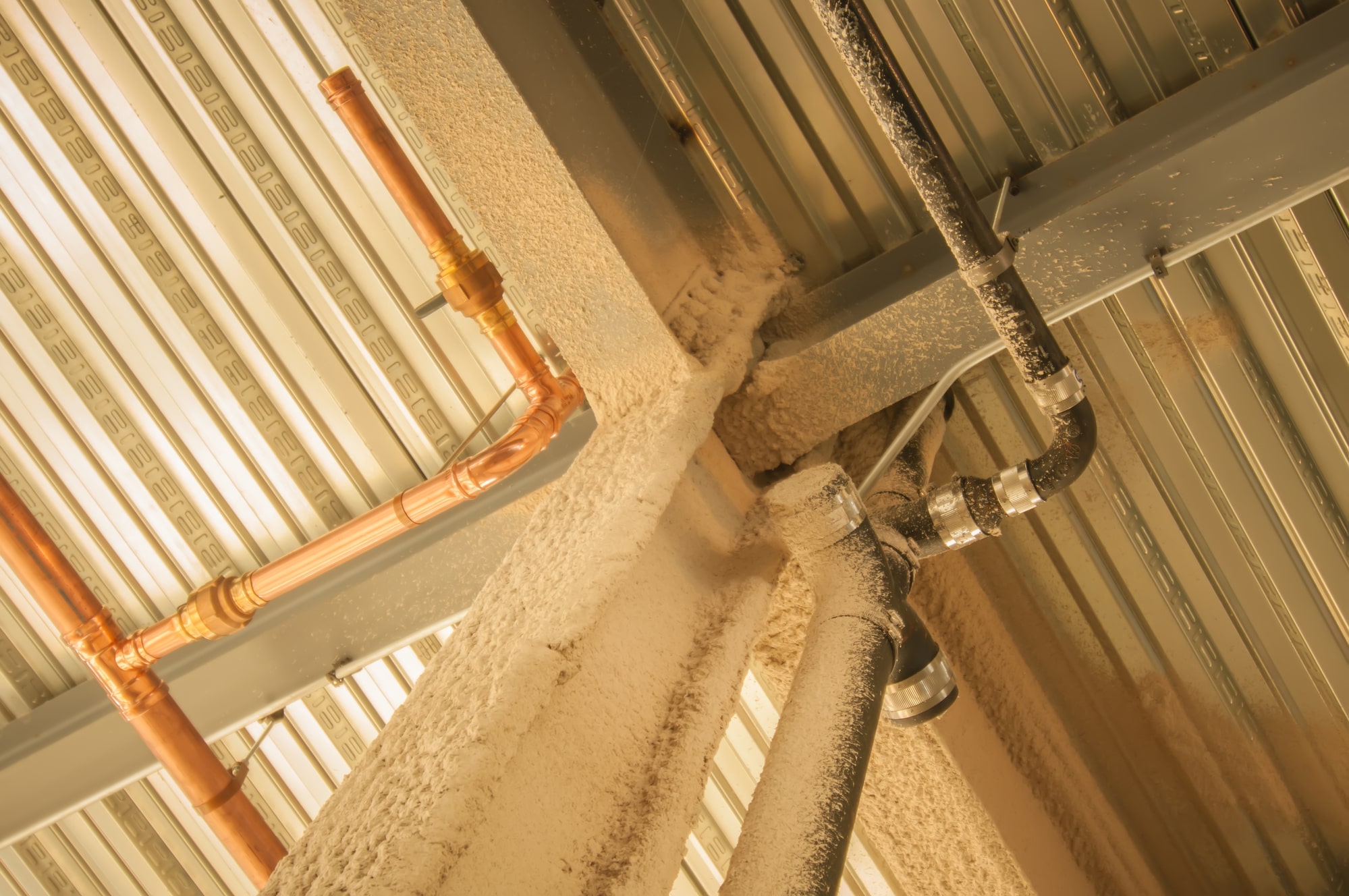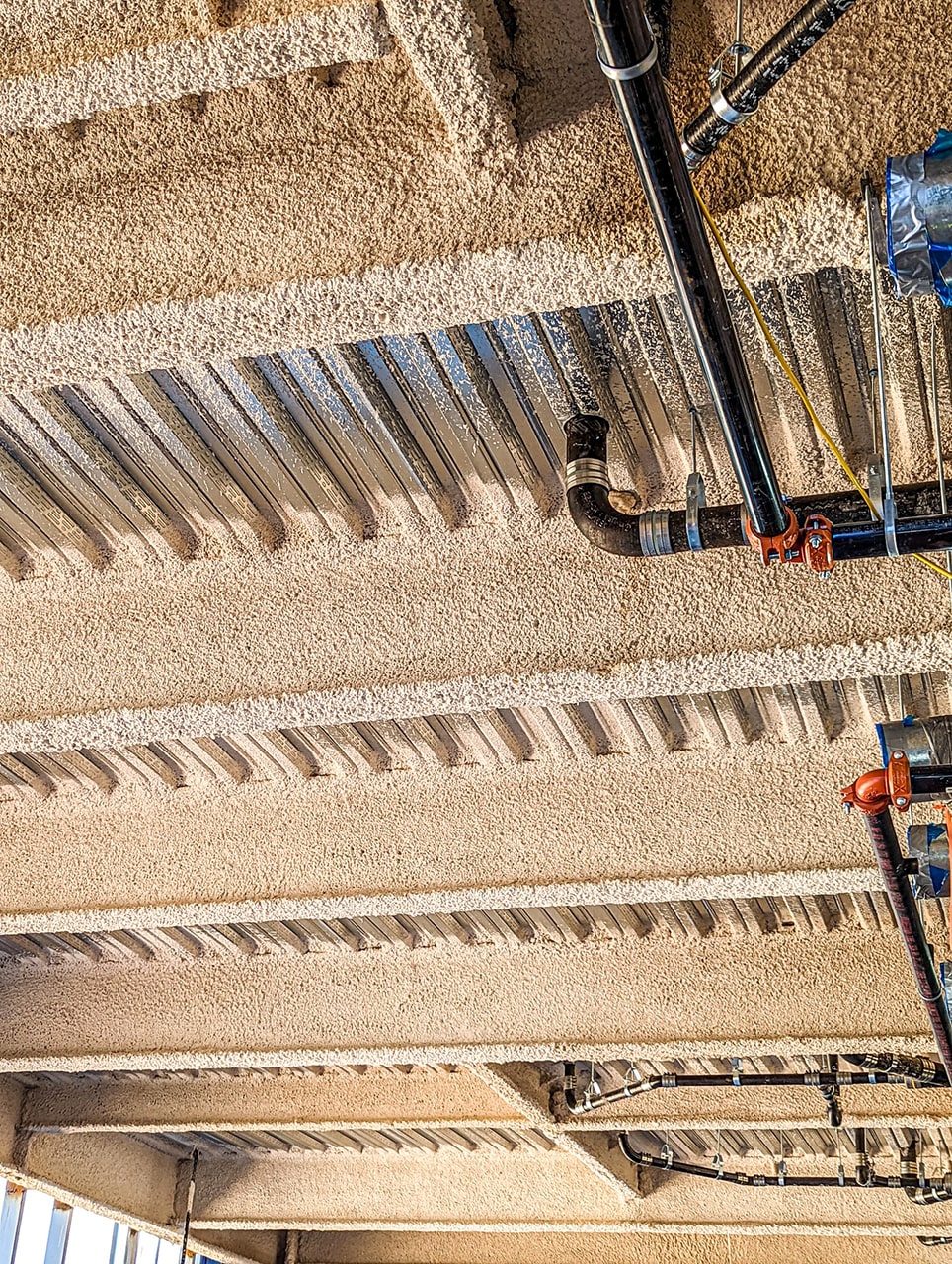
Fireproofing in Ottawa
Whether you need fire proofing at home or in your commercial space, at Spraytech Insulation we can provide you with the best options. We have a range of sealants and joint sprays that help to prevent the passage of fire between openings. Before you opt for fireproofing in Ottawa, read on to find out more about fireproofing and why it is necessary.
Fire proofing involves using certain materials on a building structure to make it fire-resistant. Fire-proofing in Ottawa is done to extend the period in which a building or item is exposed to fire. Fireproofing is also known as passive fire protection and prevents fire rather than extinguishing it. No material or building is completely fireproof therefore fire-proofing means that an item is protected from fire for a period of time. Fire proofing helps to reduce the escalation of fire.
Fire proofing is a very effective way to preserve structural integrity during a fire for a certain period. It allows people to escape from a building and also lets firefighters enter and rescue people.
There are several different materials that can be used for fireproofing but they all follow the same principle. The fireproofing material is placed between the substrate and file which insulates and delays the transfer of heat.

Reasons for Fireproofing
There are several reasons why fireproofing of equipment and structures is necessary. These are listed below:
- To make a structure more fire-resistant
- To match up to industrial code requirements
- To ensure that equipment and control systems still operate during a fire.
Why Fireproofing is Essential
Fireproofing in Ottawa is necessary to ensure that a building structure remains intact for a certain period during the event of a fire. Depending on where you live, there are national and regional building codes that determine the fire rating for a specific building structure. This is often an hourly rating which is either one to four hours fire rating.
These buildings are constructed with fire-resistant walls ceilings and floors. Architects and designers follow certain fire rating assembly rules to ensure that a building is fireproof. Construction documents and building codes help to determine fire ratings for a certain project.

Types of Fireproofing
When it comes to fire proofing in Ottawa, there are many different fireproofing materials that can be used. These include mesh, cementitious plasters, carbogaurd 1340, carboline138, fibrous clusters that have ceramic fibers or mineral wool, thinners, procrete, concrete, asbestos, intumescent coatings and others.
Fireproofing in Ottawa falls into two categories. This can either be Active fireproofing or Passive fireproofing. In the case of active fireproofing, intervention is required to activate the fireproofing system whereas on the other hand passive fireproofing is preplanned and design beforehand. Passive fireproofing can be divided into cementitious fireproofing, intumescent fire-proofing, and firestop fireproofing.
There are different methods of fireproofing. One of the most common methods is the use of steel in construction buildings. Steel can be either cementitious which is also known as spray fireproofing or it can be intumescent fireproofing.
You may be wondering if steel needs to be fireproofed since it is non-combustible and able to withstand high temperatures. Though this is correct, a steel building will need fire-proofing because after a certain temperature it loses some structural capacity. Thus after a certain point, steel will not be able to handle the load anymore.
All professionals dealing with fireproofing in Ottawa will take into account building codes and the necessary requirements before they design a building. Depending on the building height, the types of materials being used, building location, and other factors, fireproofing materials may vary.
